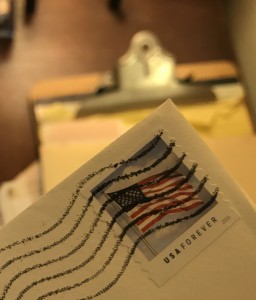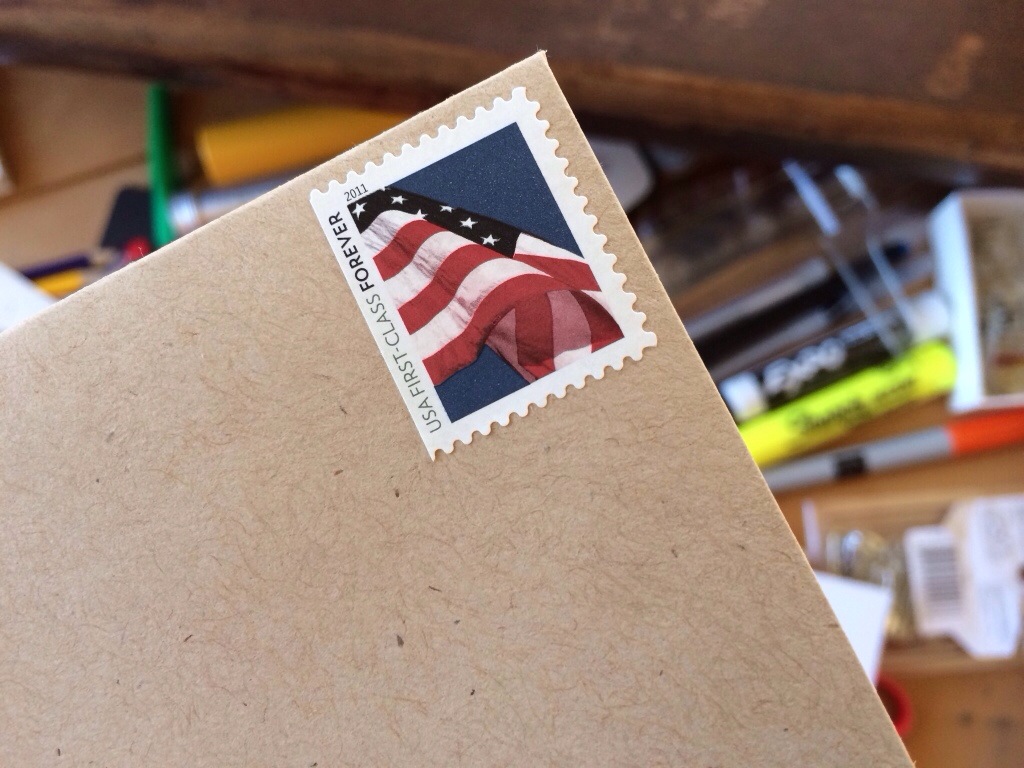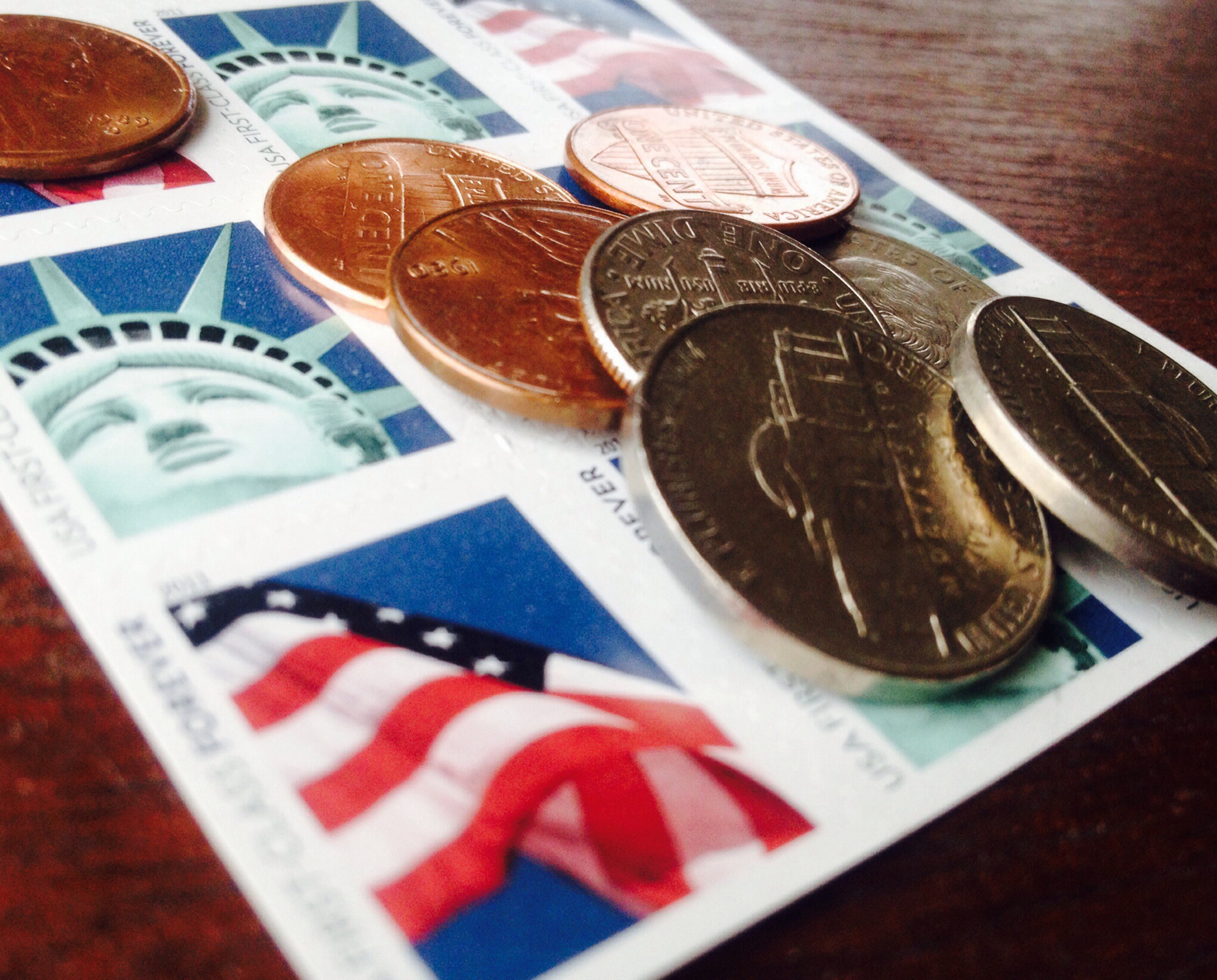Beginning today, the price of a stamp has increased by two cents to a grand total of 49 cents. Any new purchases of Forever Stamps will now cost customers 49 cents each although any Forever Stamps bought before today will increase in value and cover the cost of mailing a letter — requiring no action by you.
This stamp price increase clocks in at 4.2%. Although 2 cents and a few percent don’t sound like much, when Forever Stamps are purchased in rolls of 100, the increase will cost consumers and businesses an extra two dollars. Organizations that depend on mailing standard letters and consumers who buy lots of stamps will be impacted the most.
Other postage prices are changing too
Discounted “metered mail” letters will actually go down by half a cent (this is usually reserved for businesses and bulk mailers). First Class mail “flats” will increase by 4 cents and settle at 98 cents. Postcards will remain the same price and the cheapest way to send mail at only 34 cents.
The price of a stamp before today’s increase
The price of a stamp has actually been exactly this high before. In a strange and unprecedented move, the price of a stamp actually went down in April of 2016. It was 49 cents at that time too and the change last year caused the price to settle at 47 cents after pressure in Washington forced the U.S. Postal Service, which controls the price of a stamp, to move the price down. In other words, just before this increase, the price of a stamp was 47 cents.
Here’s a summary of the recent changes:
- As of January 22nd, 2017: 49 cents per stamp
- As of April 10th, 2016: 47 cents per stamp
- As of May 31st, 2015: 49 cents per stamp
The last time our stamp price was 49 cents was considered an “exigent” increase permitted by regulatory agencies largely due to the U.S. economic recession. We’ve explained the larger history of stamp prices in a previous post.
Why is the price of a stamp changing so much?

Forever Stamps maintain their value even when stamp prices go up.
This stamp price hike has been inevitable and we’ve known about it ever since the USPS announced it in October. The U.S. Postal Service is allowed to raise the price of a stamp to keep pace with inflation. That’s the rationale the USPS cited in their press release explaining the price change.
But behind the scenes, the USPS has been eager to make price changes upward because of the rising cost of maintaining their business. The huge burden that makes the mailing service challenging to maintain is a ballooning retiree health benefits program that costs billions per year. For bureaucratic reasons, their retirement health program isn’t integrated with Medicare and hasn’t been revised by Congress. Additionally, technology like email, unpredictable oil prices and the increased competition from other services like Amazon and FedEx have made it hard for the USPS to balance their budget. In 2016, they posted a massive $5.6 billion net loss. Any price increases, including adjustments of just a few cents, can help make up for this loss.


